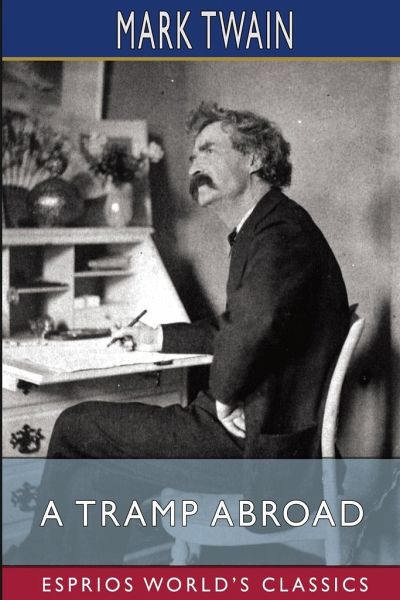Nicht lieferbar

A Tramp Abroad (Esprios Classics)
Versandkostenfrei!
Nicht lieferbar
A Tramp Abroad is a work of travel literature, including a mixture of autobiography and fictional events, by American author Mark Twain, published in 1880. The book details a journey by the author, with his friend Harris (a character created for the book, and based on his closest friend, Joseph Twichell), through central and southern Europe. While the stated goal of the journey is to walk most of the way, the men find themselves using other forms of transport as they traverse the continent. The book is the fourth of Mark Twain's six travel books published during his lifetime and is often thoug...
A Tramp Abroad is a work of travel literature, including a mixture of autobiography and fictional events, by American author Mark Twain, published in 1880. The book details a journey by the author, with his friend Harris (a character created for the book, and based on his closest friend, Joseph Twichell), through central and southern Europe. While the stated goal of the journey is to walk most of the way, the men find themselves using other forms of transport as they traverse the continent. The book is the fourth of Mark Twain's six travel books published during his lifetime and is often thought to be an unofficial sequel to the first one, The Innocents Abroad (1869).








